Address
2 Porters Mews
Codicote, Hertfordshire SG4 8US
Send An Enquiry
info@manufacturingsolution.co.uk
Address
2 Porters Mews
Codicote, Hertfordshire SG4 8US
Send An Enquiry
info@manufacturingsolution.co.uk
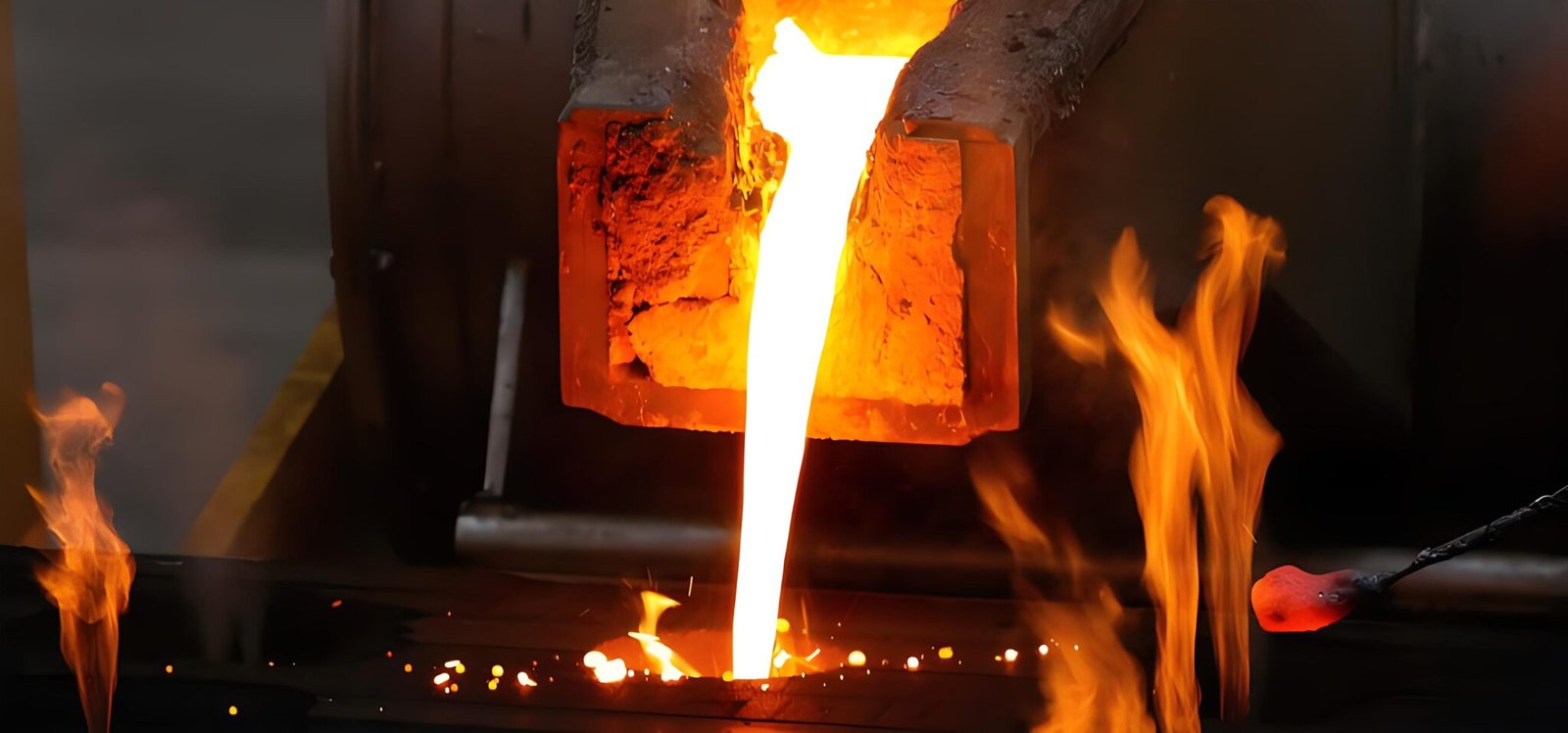
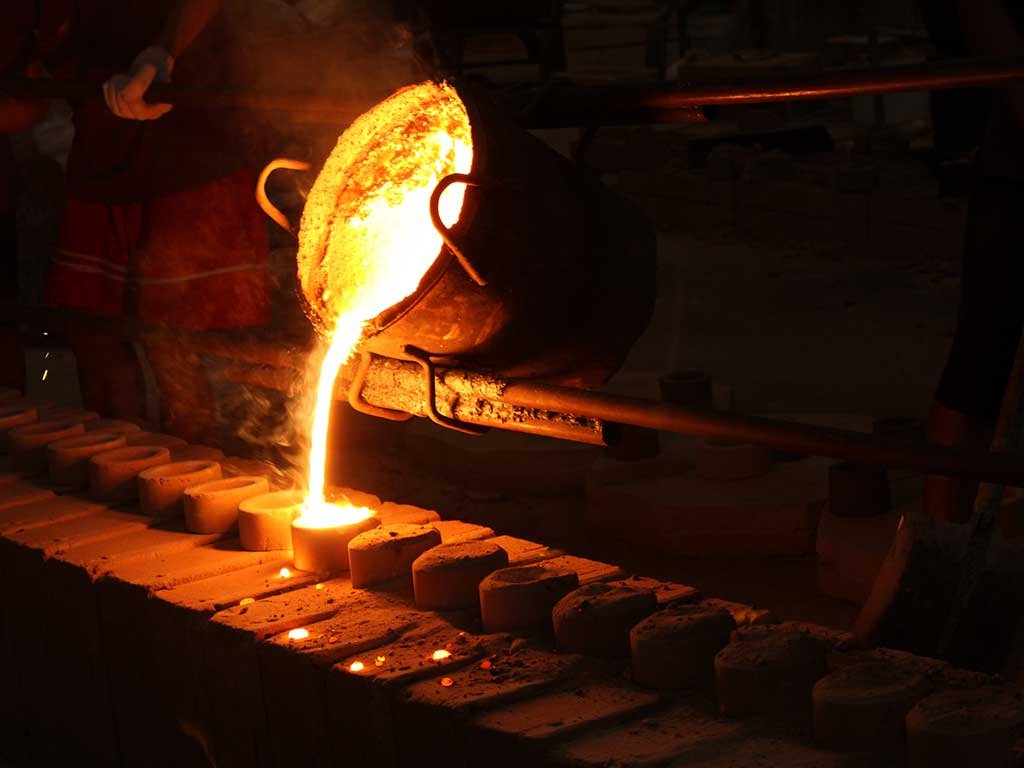
Have you ever wondered how intricate metal components are made, or how large, complex parts for industries like automotive and aerospace are manufactured? The answer often lies in a traditional yet incredibly versatile process known as sand casting. Sand casting has been a cornerstone of metalworking for centuries, playing a crucial role in producing a wide variety of components and structures.
In the world of manufacturing, sand casting stands out for its simplicity, cost-effectiveness, and ability to create detailed and robust metal parts. However, like any manufacturing process, it comes with its own set of advantages and disadvantages. Understanding these pros and cons is essential for making informed decisions in industrial applications.
This article delves into the intricacies of sand casting, exploring its benefits and drawbacks, and examining why it remains a popular choice in various industries. By the end of this guide, you’ll have a comprehensive understanding of sand casting and its place in modern manufacturing.
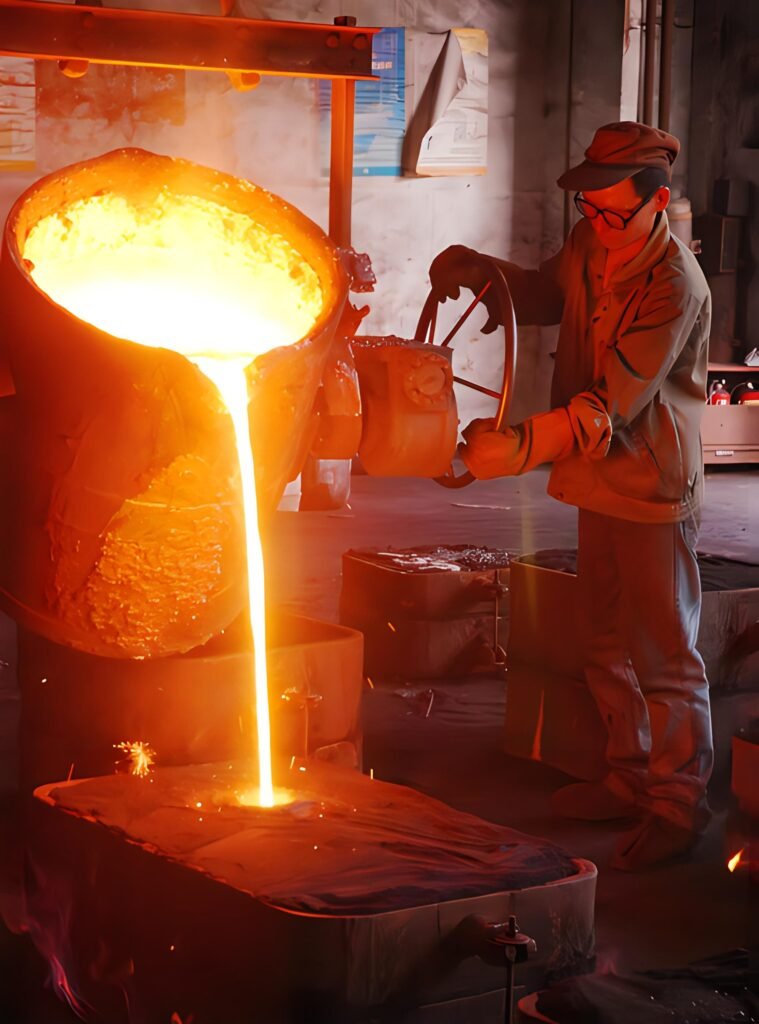
Sand casting is a versatile and widely used manufacturing process that involves creating metal components by pouring molten metal into a mould made of sand. This technique has been employed for centuries, with its roots tracing back to ancient civilisations where it was used to produce tools, weapons, and art.
At its core, sand casting involves several key steps. Firstly, a pattern of the desired part is made, typically from wood, metal, or plastic. This pattern is then placed in a moulding box and packed with sand mixed with a binding agent to form a solid mould. Once the pattern is removed, it leaves a cavity in the shape of the part to be cast. Molten metal is then poured into this cavity. After the metal cools and solidifies, the sand mould is broken away, revealing the finished casting.
The materials used in sand casting can vary widely, accommodating a range of metals such as aluminium, iron, steel, bronze, and brass. The flexibility of sand casting allows it to be used for making everything from small, intricate parts to large, heavy components.
Sand casting has evolved significantly over the years. Modern advancements have introduced more precise moulding techniques and improved materials, enhancing the accuracy and quality of the cast parts. Despite these innovations, the fundamental principles of sand casting have remained unchanged, making it a reliable and enduring method in the manufacturing industry.
This process is particularly valued for its ability to produce complex shapes and large parts that would be challenging or impossible to create using other methods. The simplicity of the materials and equipment required also makes sand casting an accessible and cost-effective option for many manufacturers.
In essence, sand casting is a process that combines traditional craftsmanship with modern technology, providing a flexible and efficient method for producing metal components across various industries.

The sand casting process is a methodical and detailed procedure that transforms raw metal into precise and functional components. At A & M Manufacturing Company Ltd, we have honed our sand casting capabilities to ensure the highest quality and efficiency in every project we undertake.
The process begins with creating a pattern of the desired part, typically made from wood, metal, or plastic, serving as a replica of the final component. At A & M Manufacturing Company Ltd, we utilise advanced CAD software and CNC machining to produce highly accurate and detailed patterns that meet our clients’ exact specifications.
Once the pattern is ready, it is placed in a moulding box and packed with sand mixed with a binding agent, such as clay or resin, to form a solid mould. The sand is compacted around the pattern to create a detailed impression of the part’s shape. We use both green sand and chemically bonded sand moulding techniques, depending on the specific requirements of the project.
For components with internal cavities or complex geometries, cores made of sand are inserted into the mould. These cores create the internal features of the casting and are carefully designed to withstand the molten metal’s heat and pressure.
After the mould and cores are prepared, the mould is assembled and closed. Vents and risers are incorporated into the mould design to allow gases to escape and ensure proper metal flow during the casting process.
The selected metal is then melted in a furnace at high temperatures. At A & M Manufacturing Company Ltd, we have state-of-the-art melting facilities capable of handling a variety of metals, including aluminium, iron, steel, bronze, and brass. The molten metal is carefully poured into the mould cavity through the gating system.
After the mould is filled, the metal is allowed to cool and solidify. The cooling rate is crucial and is controlled to ensure the final casting has the desired mechanical properties and dimensional accuracy.
Once the metal has solidified, the mould is broken apart in a process known as shakeout. The casting is removed from the sand, and any remaining sand is cleaned off. This step may involve mechanical methods, such as vibrating equipment, or manual techniques, depending on the size and complexity of the casting.
The casting then undergoes various finishing processes to achieve the required surface finish and dimensional accuracy. This can include machining, grinding, and polishing. At A & M Manufacturing Company Ltd, we offer comprehensive finishing services to ensure every casting meets the highest standards of quality and precision.
The final step involves rigorous inspection and quality control checks to verify that the casting meets all specifications and standards. We employ advanced inspection techniques, including non-destructive testing (NDT), to ensure the integrity and reliability of each component.

Sand casting offers numerous advantages, making it a preferred choice for manufacturing a wide range of metal components. Its versatility and cost-effectiveness are just a few reasons why this age-old technique continues to be relevant in modern manufacturing. Here are some of the key benefits of sand casting:
Cost-Effectiveness
One of the primary advantages of sand casting is its cost-effectiveness. The initial tooling costs for sand casting are relatively low compared to other casting methods, such as die casting or investment casting. This makes it an economical option for small to medium production runs. Additionally, the materials used for making sand moulds are inexpensive and readily available, further reducing production costs.
Versatility
Sand casting is highly versatile and can accommodate a wide range of metals and alloys, including aluminium, iron, steel, bronze, and brass. This flexibility allows manufacturers to produce components tailored to specific applications and requirements. Moreover, sand casting can create complex shapes and large components that would be challenging or impossible to achieve with other manufacturing methods.
Flexibility in Design
The sand casting process allows for significant flexibility in design. Intricate shapes, undercuts, and internal cavities can be easily achieved using sand moulds and cores. This capability enables manufacturers to produce highly customised components that meet precise specifications. At A & M Manufacturing Company Ltd, we leverage this flexibility to deliver bespoke solutions to our clients.
Scalability
Sand casting is well-suited for both small-scale and large-scale production. Whether you need a single prototype or a high-volume production run, sand casting can efficiently meet your needs. This scalability makes it an ideal choice for industries requiring varied production quantities without compromising on quality or detail.
Material Properties
Components produced through sand casting exhibit excellent mechanical properties, including high strength and durability. The process allows for the use of a wide range of alloys, each offering specific advantages such as corrosion resistance, wear resistance, and thermal conductivity. These properties make sand-cast components suitable for demanding applications in various industries, including automotive, aerospace, and heavy machinery.
Simple Process
Despite the technological advancements in manufacturing, the basic principles of sand casting remain relatively simple. The process does not require highly sophisticated equipment, which makes it accessible and easy to implement. This simplicity also means that modifications and adjustments can be made quickly, ensuring a responsive and adaptable production environment.
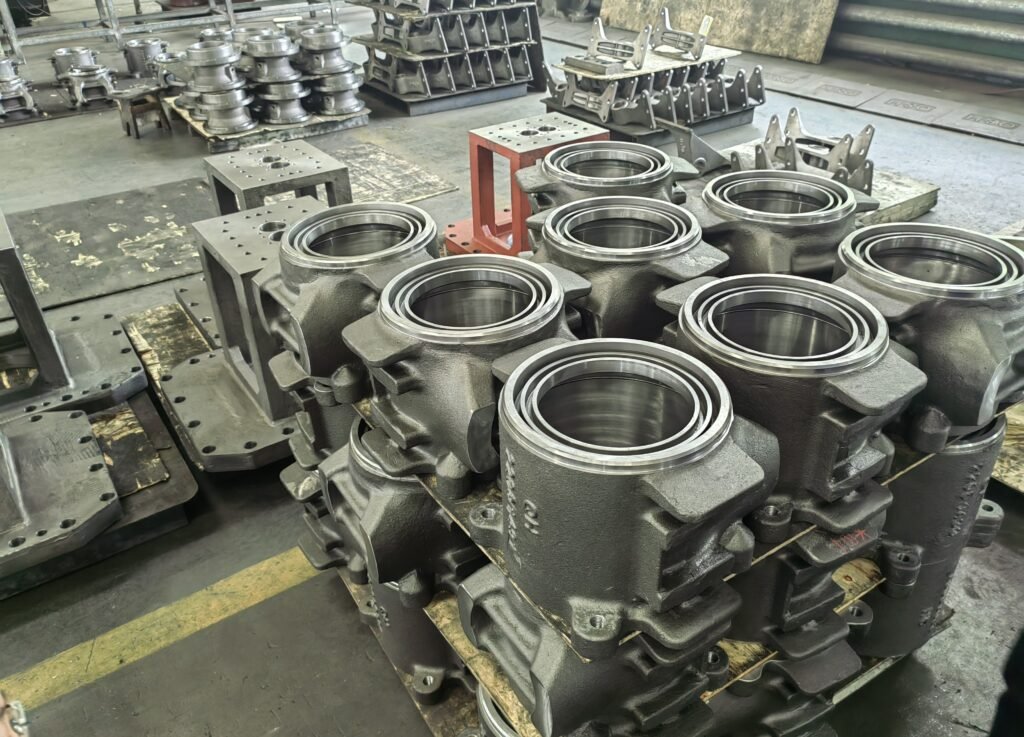
While sand casting offers numerous advantages, it also has some drawbacks that need to be considered when choosing the best manufacturing process for a project. Here are some of the key disadvantages:
Surface Finish and Accuracy: One of the primary disadvantages of sand casting is the relatively rough surface finish of the cast parts. The sand used in the moulding process can leave a grainy texture on the surface of the final product, which may require additional machining or finishing processes to achieve a smoother finish. Additionally, sand casting generally offers less dimensional accuracy compared to other casting methods like investment casting or die casting, which can limit its suitability for precision components.
Material Limitations: While sand casting can accommodate a wide range of metals and alloys, it is not suitable for all materials. High-melting-point metals, such as certain superalloys, may not be feasible to cast using sand moulds due to the thermal limitations of the sand and binders. This can restrict the use of sand casting for applications requiring extremely high-temperature resistance.
Labour Intensive: Sand casting is often more labour-intensive compared to other casting methods. The process of preparing the sand moulds, handling the cores, and finishing the cast parts typically requires significant manual intervention. This can lead to higher labour costs and potential variability in the quality of the final products due to human factors.
Defects and Porosity: Sand casting is prone to certain types of defects, such as porosity, shrinkage, and sand inclusion. These defects can compromise the structural integrity and performance of the cast parts. While various techniques and quality control measures can mitigate these issues, they cannot always be completely eliminated.
Environmental Impact: The sand casting process can have a notable environmental impact. The disposal of used sand, the emissions from melting and pouring metal, and the energy consumption associated with the process all contribute to its environmental footprint. Although efforts can be made to reclaim and recycle the sand, not all of it can be reused, leading to waste management challenges.
Limited Production Speed: Compared to high-speed manufacturing processes like die casting, sand casting can be relatively slow. The time required to prepare the moulds, pour the metal, and allow the cast parts to cool and solidify can result in longer production cycles. This makes sand casting less suitable for high-volume production runs where speed is a critical factor.
Size and Weight Constraints: Although sand casting is adaptable to large and heavy components, there are practical limits to the size and weight of parts that can be cast. The capacity of the foundry equipment and the handling capabilities can impose restrictions on the maximum dimensions and weight of the cast components.
Post-Casting Operations: Sand cast parts often require extensive post-casting operations, such as trimming, machining, and surface treatment, to meet the desired specifications and quality standards. These additional steps can add to the overall production time and cost.
Sand casting is a versatile and widely utilised manufacturing process that finds applications across numerous industries. Its ability to produce complex shapes and accommodate a variety of metals makes it a preferred choice for many sectors. Here are some key industries and examples of sand casting applications:
Automotive Industry:
In the automotive industry, sand casting is used to manufacture a variety of engine and structural components. Examples include engine blocks, cylinder heads, and transmission cases. The process allows for the creation of parts that can withstand high temperatures and pressures, which are essential for the performance and durability of automotive engines.
Aerospace Industry:
The aerospace industry relies on sand casting to produce components that require high strength and precision. Examples include turbine blades, housing for jet engines, and landing gear components. The flexibility of sand casting to use various alloys, including aluminium and titanium, makes it suitable for producing lightweight yet strong aerospace parts.
Heavy Machinery:
Sand casting is extensively used in the production of heavy machinery components due to its ability to handle large and heavy parts. Examples include pump housings, gearboxes, and structural brackets. The durability and robustness of sand-cast parts are crucial for the demanding conditions in heavy machinery applications.
Construction Industry:
In the construction industry, sand casting is utilised to create parts that form the backbone of infrastructure projects. Examples include manhole covers, drainage grates, and structural supports. The process allows for the production of durable and wear-resistant components that can withstand the harsh environments often encountered in construction projects.
Energy Sector:
The energy sector benefits from sand casting in the production of components for power generation and oil and gas exploration. Examples include turbine casings, impellers, and valve bodies. Sand casting can accommodate the complex shapes and large sizes required for these applications, as well as the use of specialised alloys that offer corrosion and wear resistance.
Agricultural Equipment:
Sand casting is widely used in the manufacture of agricultural machinery components. Examples include tractor parts, ploughshares, and harvester components. The process is suitable for producing parts that need to be robust and capable of withstanding the rough conditions of agricultural use.
Marine Industry:
The marine industry employs sand casting for components that require resistance to corrosion and high durability. Examples include propellers, pump housings, and marine engine parts. Sand casting allows for the use of bronze and other corrosion-resistant alloys, making it ideal for the marine environment.
Railway Industry:
In the railway industry, sand casting is used to produce components that need to be strong and durable. Examples include brake discs, coupling components, and track fittings. The process can produce parts that meet the high safety and reliability standards required for railway applications.
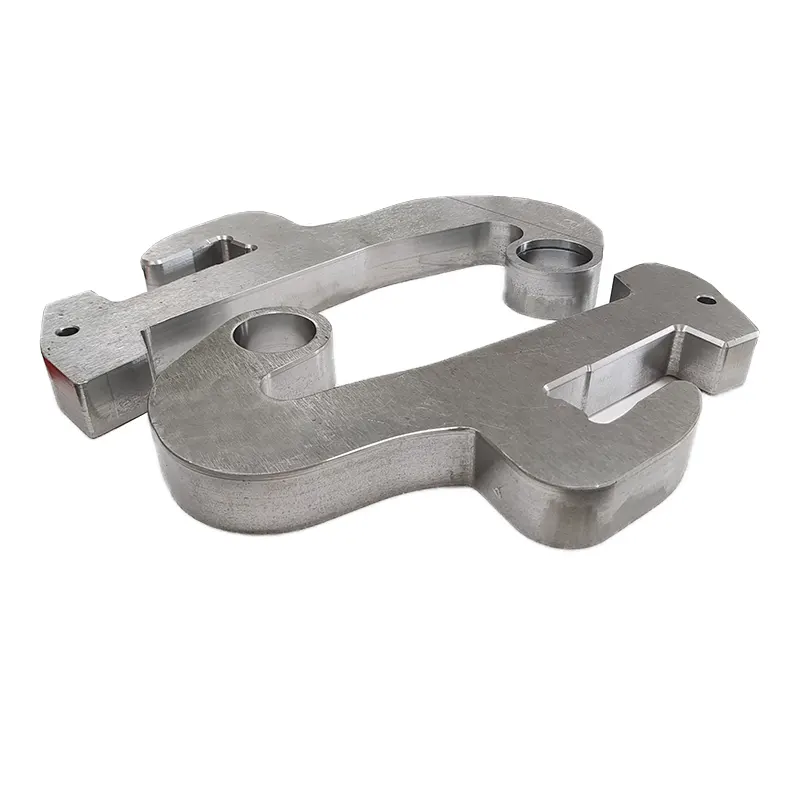
Sand casting is one of many casting methods available to manufacturers, each with its own advantages and limitations. To understand where sand casting fits within the broader context of metal casting, it is useful to compare it with other common casting methods such as investment casting, die casting, and permanent mould casting.
Investment Casting:
Investment casting, also known as lost-wax casting, involves creating a wax pattern, coating it with a ceramic material to form a mould, and then melting away the wax to leave a cavity for the molten metal. This method is known for its ability to produce highly detailed and intricate parts with excellent surface finishes and tight tolerances. It is ideal for small, complex components used in industries such as aerospace and medical devices.
Comparison:
Die Casting:
Die casting involves injecting molten metal into a steel mould under high pressure. It is widely used for producing large volumes of small to medium-sized components with high precision and excellent surface quality. Common applications include automotive parts, consumer electronics, and household appliances.
Comparison:
Permanent Mould Casting:
Permanent mould casting, also known as gravity die casting, involves pouring molten metal into a reusable mould made of metal. This method is used for producing medium to large volumes of parts with good dimensional accuracy and surface finish. Applications include automotive engine components, pipe fittings, and hardware.
Comparison:
Sand casting remains a cornerstone of the manufacturing industry due to its versatility, cost-effectiveness, and ability to produce complex metal components across a wide range of applications. While it does have certain limitations, such as surface finish and dimensional accuracy, its advantages in handling a variety of materials, accommodating large and heavy parts, and offering design flexibility make it an indispensable method.
Comparing sand casting to other methods like investment casting, die casting, and permanent mould casting highlights its unique strengths and areas where alternative methods may be more suitable. Investment casting excels in precision and detail, die casting is unparalleled for high-volume production with excellent surface finishes, and permanent mould casting offers a durable and cost-efficient option for medium volumes. Each method has its place, and the choice depends on specific project requirements such as production volume, material selection, and desired component characteristics.
At A & M Manufacturing Company Ltd, we pride ourselves on our extensive capabilities in sand casting. Our advanced facilities, skilled workforce, and commitment to quality enable us to deliver high-quality sand cast components tailored to meet the precise needs of our clients. Whether it’s in the automotive, aerospace, heavy machinery, construction, energy, agricultural, marine, or railway industries, we provide solutions that leverage the strengths of sand casting while also considering the best alternatives when necessary.
By choosing A & M Manufacturing Company Ltd, you are partnering with a company dedicated to excellence, innovation, and customer satisfaction. We invite you to explore the potential of sand casting and our comprehensive range of services to bring your projects to fruition with the highest standards of quality and reliability.